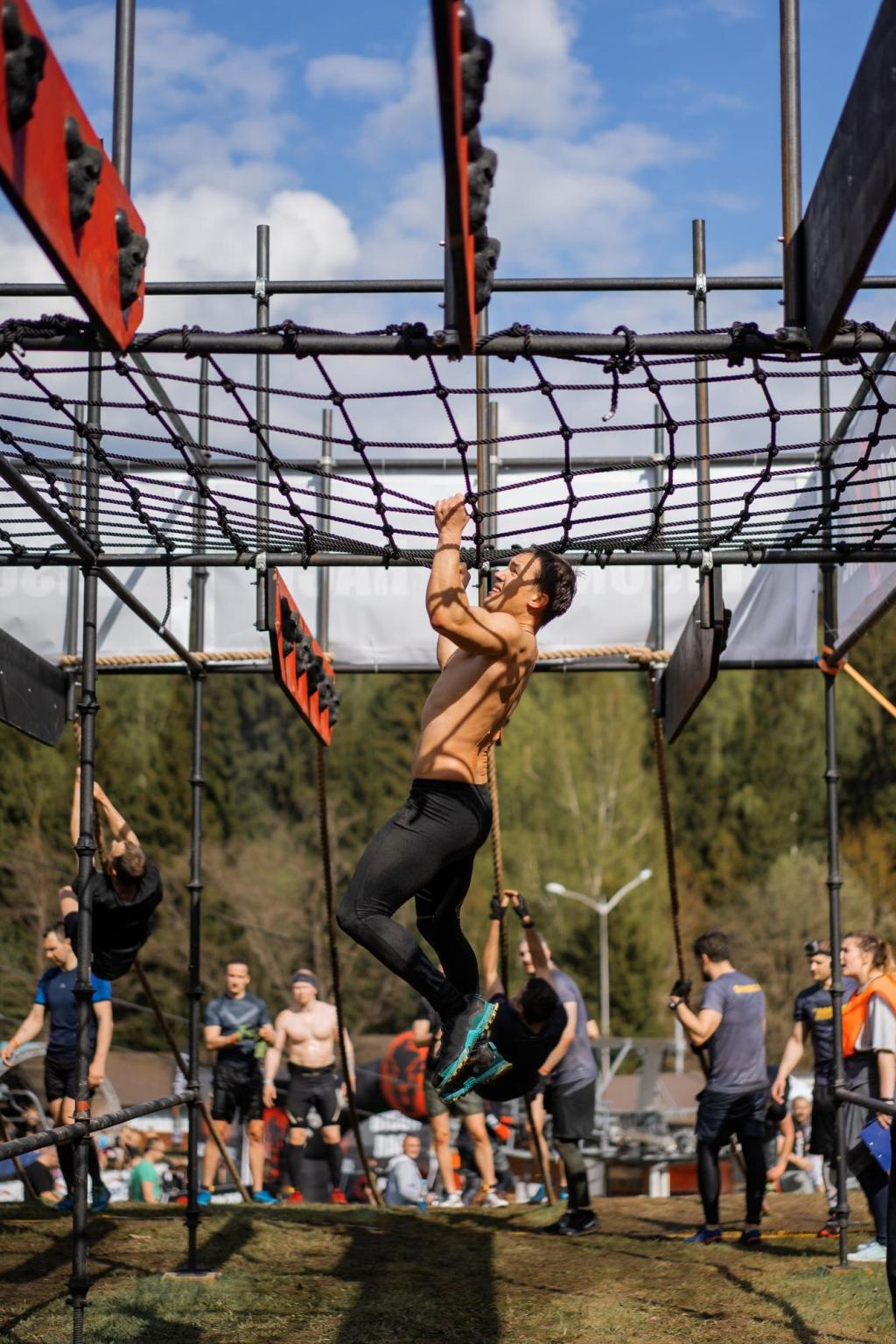Tools, Light, and Navigation
Pair a sturdy fixed-blade or locking folder with a compact multi-tool. Add a small sharpener. Train in feather sticks, cord cutting, and safe handling. Tell us your blade philosophy so newcomers avoid the trap of heavy, redundant steel.
Tools, Light, and Navigation
A headlamp beats a hand flashlight when pitching shelter or treating wounds. Standardize on AA or 18650 where possible. Pack spares in a drybag. Share your runtime tests, and we’ll compile community results to guide smarter light choices.








